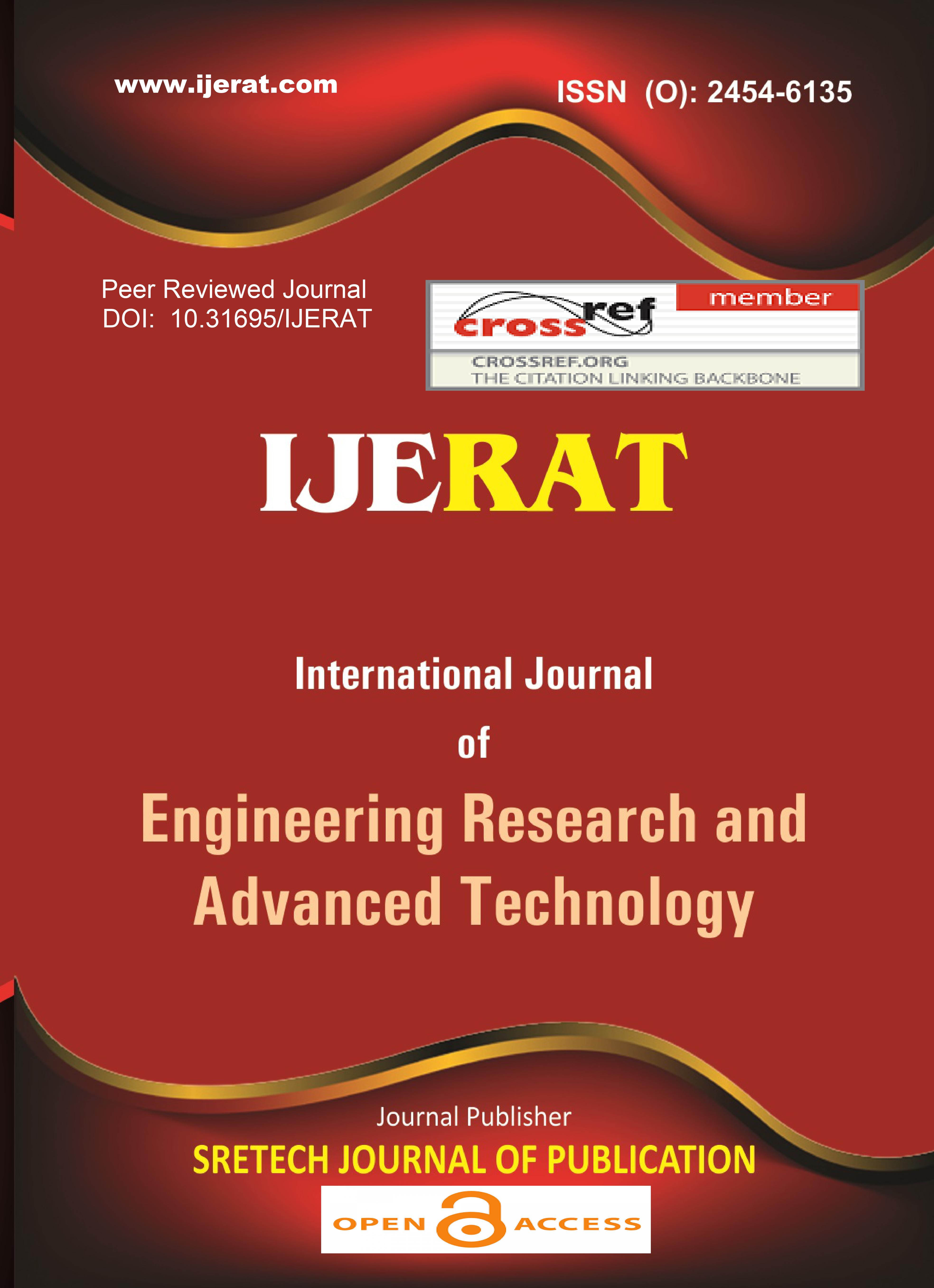CFD Analysis of Wind-Driven Natural Ventilation in Building Models
DOI:
https://doi.org/10.31695/IJERAT.2021.3602Keywords:
Natural Ventilation, CFD,, CO2 dispersion, IAQ, Thermal comfortAbstract
This paper studied wind-driven natural ventilation in a room using a computational fluid dynamics model in order to determine the airflow pattern, draft and pollutant dispersion within the CFD model. The different natural ventilation strategies were studied in cases namely: CASE 1(Single sided ventilation), CASE 2(Cross Ventilation), CASE 3(Bernoulli and Cross Ventilation), and CASE 4(Double single-sided ventilation). The CFD simulation was performed with the 3D steady-state RANS approach using RNG-KE turbulent model to provide closure. From the result obtained, the author found out that Firstly, CASE 1 and CASE 4 showed a reduced level of air draft (V< 0.2m/s) within the room unlike the CASE 2 and CASE 3 where the airspeed on the room occupants most especially at the ankle and head region were much higher than that recommended as per BS EN 7730. Secondly, CASE 2 showed greater efficiency in dealing with pollutant dispersion then followed by CASE 3 and CASE 4 respectively. The concentrations in almost every part of the room for CASE 2 were well within the acceptable range recommended for human occupancy as per BS EN 7730.
References
. T.S. Larson and P.Heiselberg. “Single-sided Natural Ventilation Driven by a combination of wind pressure and temperature difference”. Energy Build 40(60). 1031-104.2007.
. Energy Information Administration, State Energy Data Report 1995,Table 3 through 7,1995.
. Energy consumption Guide 19, Energy efficiency in offices, Energy Efficiency office/HMSO, London, 1993.
. M.Mendell and A. Smith. “Consistent pattern of elevated symptoms in air-conditioned offices: a reanalysis of epidemiological studies”. American Journal of Public Health, Volume 80, PP. 57-68.1990.
. S.Burge, P.Jones and A. Robertson. “Sick building syndrome”., International conference on Indoor Air Quality and climate. Ottawa, Ontario .1990.
. C.Alloca, Q.Chen and L.R.Glicksman. “Design analysis of single-sided natural ventilation” Energy and Building 35(8), 785-795. 2003.
. Q.Chen. “Ventilation performance prediction for buildings: A method overview and recent applications” Build Environ 44(4), 848-858. 2009.
. J.Franke, A.Hellsten, H.Schlunzen, B.Carrissimo. “Best practice guidelines for the CFD simulation of flows n urban environment”. COST 732: quality assurance and improvement of microscale meteorological models. Cost office Brussel, ISBN 3-00-018312-4.2007.
. C.V. Okafor, P.E. Ogunoh, J.U. Ezeokonkwo and D.A. Obodoh. “Atmospheric Boundary Layer Simulation Using Wall Function Approach in Openfoam CFD Software”. European Journal of Engineering Research and science volume 3, NO 2, PP 1-6.2018.
. V.Yakhot, S.Orszag, S.Thangam, T.Gatski and C.Speziale, “Development of turbulence model for shear flows by a double expansion technique”. Physics of fluids. [Online].4(7), pp1510-1520.1992.
. Q. Chen. “Comparison of different K-E models for indoor airflow computations”, Numerical Heat Transfer 28(B) 353-369.1995.
. I, Ahsan, V.N.Peter, G.Amalie and A. Alireza. “Single-sided Natural Ventilation through a center-pivot roof window” Proceedings Journal of Air.2014
. BS EN ISO 7730.1995.Moderate thermal environments-determining of the PMV and PPD indices and specification of the conditions for the thermal comfort. British Standards Institute, London.
. BS EN ISO 7730.2005.Ergonomics of thermal environments-Analytical determination and interpretation of thermal comfort using calculation of PMV and PPD indices and local thermal comfort criteria. International organization for standardization (ISO), Geneva.
Downloads
Published
Issue
Section
License
Copyright (c) 2021 Okafor Chinedu Vincent, Okeke Arinze Uchenna, Ononye Olisa Roy

This work is licensed under a Creative Commons Attribution-NonCommercial 4.0 International License.









